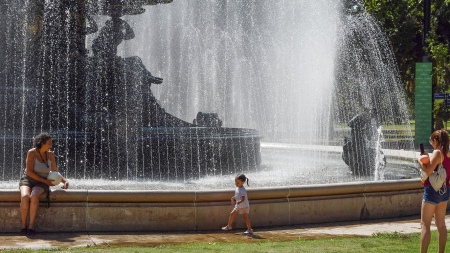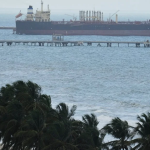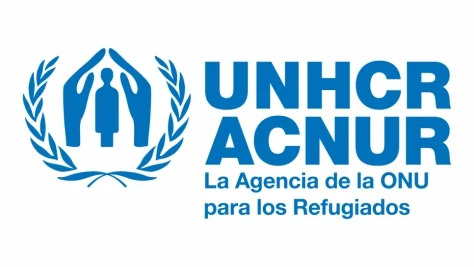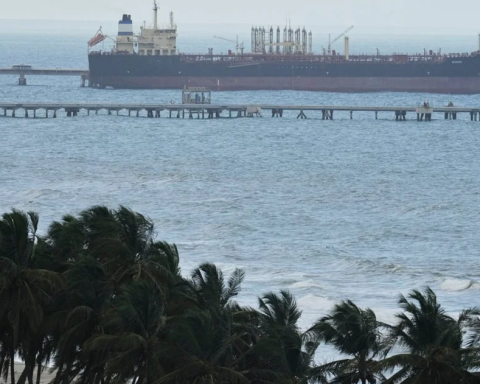The National Meteorological Service (SMN) issued red alerts for this Sunday due to extreme temperatures due to heat for the west of the province of La Pampa, the northwest of Río Negro and the east of Neuquén, with maximum that will be located around 40 degrees throughout the day.
This is the maximum alert ordered by the meteorological agency and indicates that temperatures in that area can be “very dangerous and affect all people, even healthy ones”so it is recommended to increase water consumption and not expose yourself to the sun excessively or in central hours (between 10 and 16).
The areas affected by the red alert are the east of El Cuy and General Roca, in Río Negro; the pampas localities of Chical Co and Puelén, and the departments of Confluencia, east of Añelo, Pehuenches and Picún Leufú, in Neuquén.

The temperatures in these areas have been staying at high marks for several days and maximum temperatures of 40 degrees are expected for the day, according to what was forecast by the SMN.
To the rest of La Pampa, Río Negro and Neuquén; south of Mendoza and Buenos Aires, center-east of Chubut and northeast of Santa Cruz, there is an orange alert due to heat, as in some Entre Ríos towns such as Paraná, Diamante, Villaguay, La Paz and Diamante.
In all these regions the expected maximum will oscillate between 37 and 40 degrees.
Yellow alert for high temperatures
Meanwhile, much of Santa Fe and Córdoba, center-north of Buenos Aires, southeast of Santiago del Estero and La Rioja, and several towns in Mendoza and San Luis are also under yellow alert due to high temperatures.

In the case of the orange level, the SMN warns of a moderate to high effect on health and indicates that the temperatures can be very dangerous, especially for risk groups; while in the yellow level the effect is mild to moderate and the most affected may be boys and girls, and people over 65, with chronic diseases.
storms in the mountains
In addition, the Andean areas of Mendoza and San Juan are under a yellow alert due to storms of varying intensity, which may be accompanied by gusts, occasional hail, significant electrical activity, and abundant rainfall in short periods.
The affected areas are the Calingasta mountain range, in San Juan, and the mountainous areas of Las Heras, Luján de Cuyo and Tupungato, in Mendoza.
The SMN reported that in these areas “accumulated precipitation values between 20 and 40 millimeters are expected, which may be exceeded locally, and it is not ruled out that they may be in the form of rain or snow showers.”
The meteorological agency recommended that the inhabitants of these areas not take out the garbage, remove objects that prevent water from draining, avoid outdoor activities and not take refuge near trees and electricity poles that could fall.


















